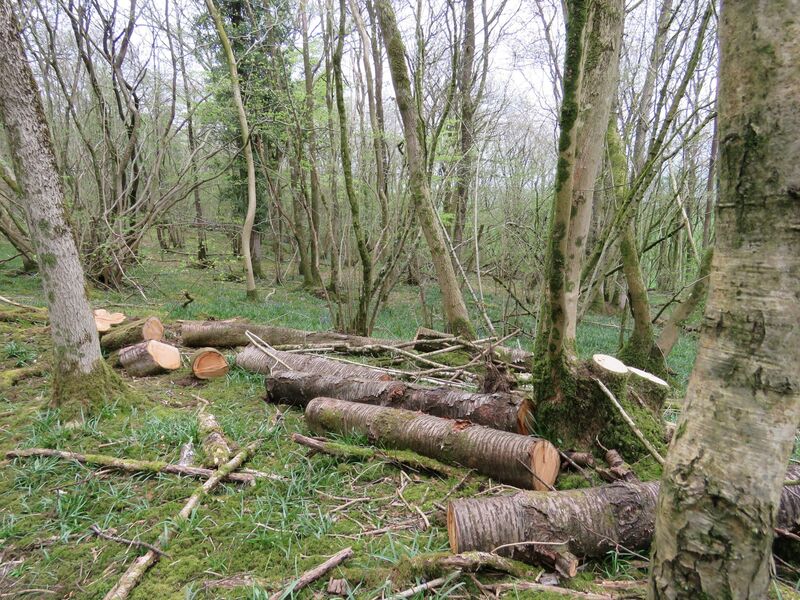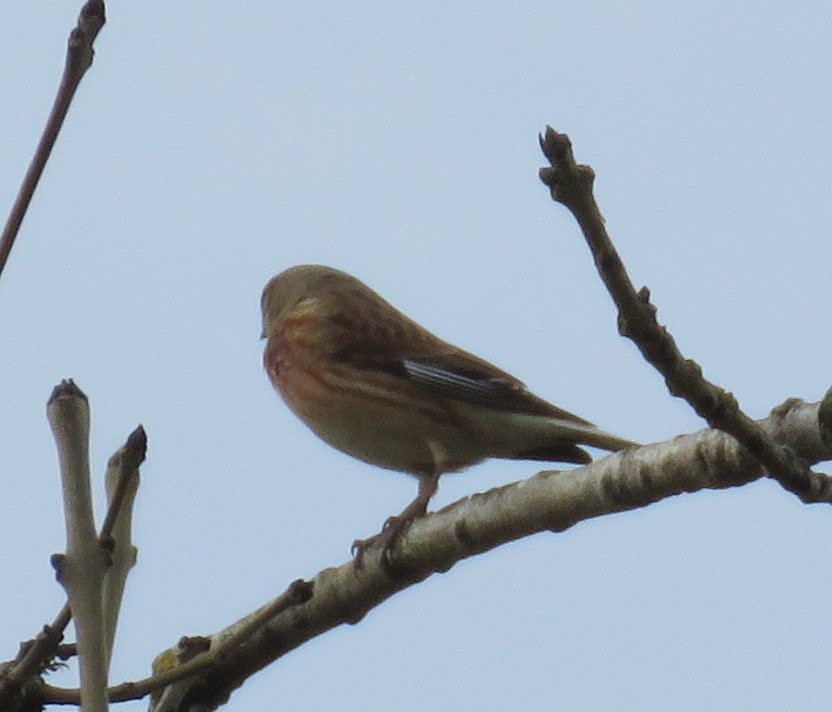 Toothwort, Lathraeea squamaria
Toothwort, Lathraeea squamaria Walking the ridge of Scout Scar I hear redpoll and see them in flight. I'm almost certain I'm hearing redstart too. It's a warm and hazy day with humidity bringing forth slugs where drops of dew are poised on blades of grass. As the morning grows warmer we might come upon a basking adder, as I did last year in mid-April.
In April, the canopy is open so the ground flora of Warriner's Wood flourishes and reaches for the light. The trees begin to leaf, and there's a haze of fresh green. All the while, we are remembering where we found toothwort and scanning the thick mosses that cover fallen branches, and about the base of trees where we found them last April. And here they are, once again.
She asks where else I've seen toothwort so I recall different times, different places. Walking home, I meet someone else who asks what I've seen. He tells of toothwort in the trees below Scout Scar escarpment. And beneath poplar opposite the Old Grammar School by Romney Bridge. So, the quest goes on.
Nature strives for resilience, but with repeated assault its hold is tenuous. Along Brigsteer Road, a wildlife corridor of at least 150 trees has been lost- collateral damage as Story Homes sets about building. Amongst the stumps of felled trees a few fresh leaves of native lily of the valley rise up. If Story Homes showed any concern for conservation they could be saved. I'm told their ecologist's recording took place one day in September. Useless, think of all the flora and fauna one would not see on a single visit in autumn.
I hear linnet, returned to Scout Scar to breed. Another hazy day and the light is poor but I make out crimson on the breast, a streak of white down the flank to the tail, grey head and tiny bill. Blue moor grass opens up in the warmth and gorse is gloriously in flower. A wheatear sits in an ash, black bandit-mask through the eye, a flush of warm colour on the throat and white under the tail. It's good to see both birds settling in for the spring and summer.



















 RSS Feed
RSS Feed